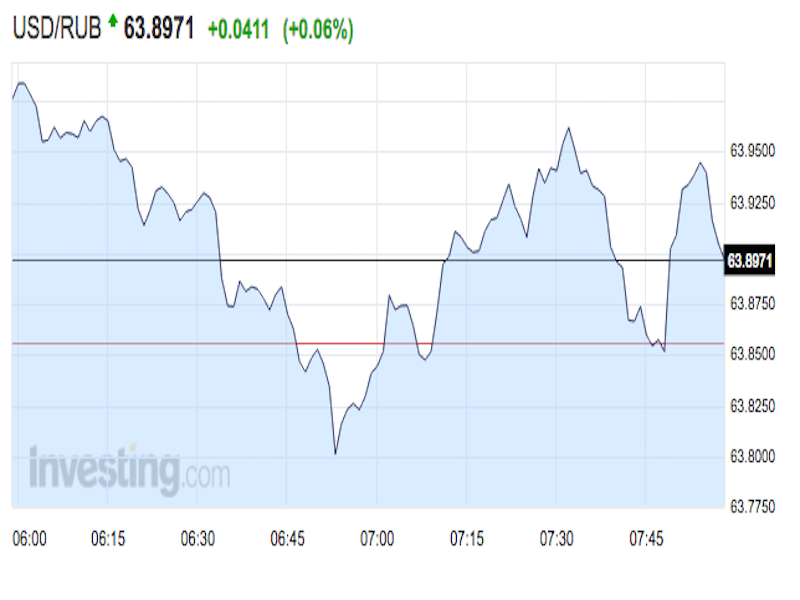Although oil’s been all over the place the last few days, petro-currencies have remained relatively stable.
For example, the Russian ruble and the Norwegian krone are both little changed at 63.9059 per dollar and 8.1114 per dollar, respectively, as of 7:49 a.m. ET
Meanwhile, Brent crude oil is up by 1.5% at $47.21 and WTI crude is higher by 1.2% at $45.19 on Wednesday morning. On Tuesday, both benchmarks fell by about 3.5%.
“All currencies have maintained their relative strength, partly de-coupling from oil volatility, suggesting that the least resistance may be expected to the upside,” observed Morgan Stanley’s Hans W. Redeker in a note to clients.
The one notable exception is the Canadian dollar, which is currently weaker by 0.2% at 1.3225 per US dollar. However, Redeker notes that this could be attributed to “bearish domestic factors.”
"The findings on the oil sector currency front are in line with our overall assessment of USD bearishness which may have another 3-4% to go before bottoming out," he added.
As for the rest of the world, here's the scoreboard as of 8:01 a.m. ET:
- The US dollar index is up by 0.1% at 95.55, prompting Marc Chandler, the global head of currency strategy at Brown Brothers Harriman, to note that the "USD is mostly firmer, but is going nowhere quickly today." The British pound climbed above 1.3000 on Tuesday, and is currently little changed at 1.3011 against the dollar.The Japanese yen is down 0.2% at 100.62 per dollar The euro is little changed at 1.1221 against the dollar.

